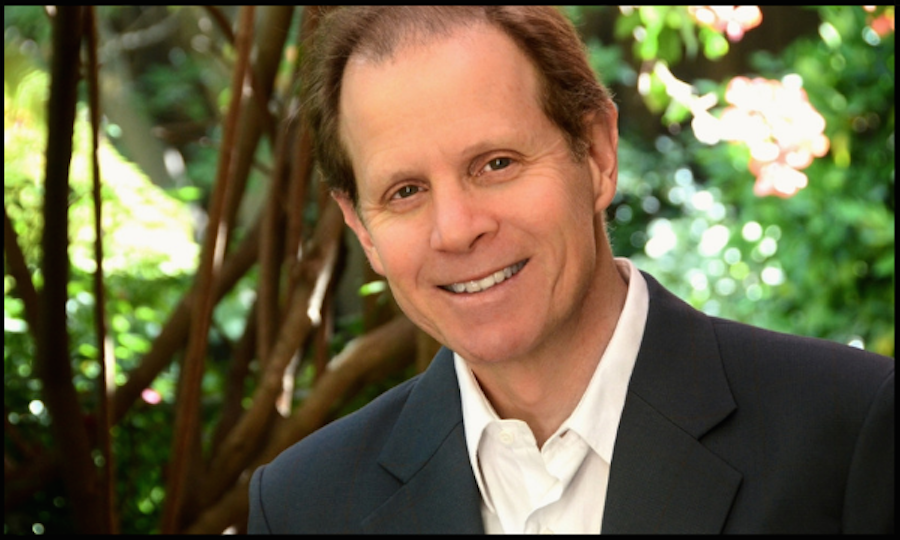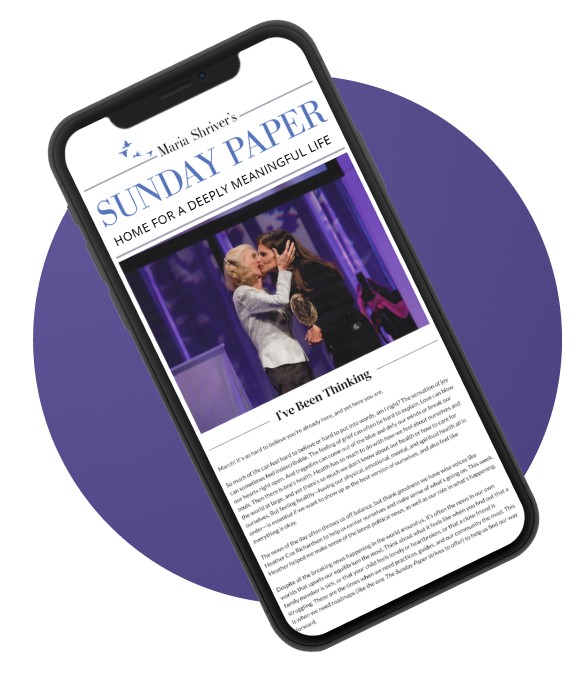How Integrating Our Identity Can Bring About Personal Well-Being

There are simple statements we sometimes hear that may echo in our minds for a long time. One of those for me is the basic question, “Who are you?”
It sounds simple to answer: “I am me.” Yet underneath the simplicity of these words is a profound complexity inviting us to understand what we mean by identity. Our identity may not be what we usually think.
For some, the response to “who are you?” is simple—it’s your name. In the case of the person writing these words, this would be “Dan.” This can be seen as our individual identity.
Others might go on to say that they are a human being—locating themselves in the world of biological identity. We create for ourselves a category of things in the world, and one of them is being a person. We differentiate this identity from, say, that of a dog or a fish. (Both animals I adore, but in this particular view, they are just not “who I am.”)
You might have even responded with another kind of category—a natural way our minds presume there to be divisions in the world. This view would be all about your relationships. I am, you might say, a daughter or son, a life partner, a friend, a teacher, a colleague, a neighbor, a father or mother. Each of these reveals a relational identity.
Other examples would include our religious identity or political identity, placing us in the category of membership in a particular group with a particular set of beliefs and behaviors. Our sense of self and the identity categories we come to define ourselves by are deeply shaped by our sense of belonging to a self-defining group identity.
The human brain’s drive to categorize the identity of one’s self may have led us to an important, yet constricting, contemporary view of what we can simply name as a separate identity, a concept of what the self is that may live in an isolated individual body, or a self-defining group, as we construct a restricted membership within our familial, political, religious, or national group identities. This view of a limited separate self—individual or group—may sadly be hurting not only our personal well-being but also the health of the planet.
Our brains have a natural drive to construct categories, concepts, and symbols that can create and reinforce an “us” versus “them” way of perceiving the world. This division constructs a category of “in-group” members that we treat well and one of “out-group” members whom we treat poorly—especially at times of threat. It is crucial we keep in mind that these are neurally constructed divisions, not absolute realities. Even toddlers as young as 14 months of age discern who is “like me” or not with something as simple as who likes the same cereal they prefer. And in our mammalian history as primates, we’ve had at least fifty million years of ancestors who have done this “in” versus “out” group dividing of the world.
One challenge for us now in having this legacy of an extreme “us” versus “them” world view is that we not only dehumanize other humans not considered like us, but we also are destroying other forms of life. After all, these “others” are not “who we are,” so why should “we” care about “them”? If the “other” is anyone not like us, including living entities that are not human, we can see why racism, genocide, and violence are so prevalent, and also why we treat the Earth like one big trash can.
Long history, lots of challenge—but also, there is lots of hope. We can use our creative and conscious minds to carefully cultivate another way of moving forward. A new path ahead could include a more integrated identity.
We are born into a body, yes—one to care for, enjoy, sleep well, exercise, and nurture. That is a “Me”—what we might simply call our bodily identity.
But we are also a “We,” our relational connections with other people and in fact the whole planet—the plants and animals and other living forms that are essential parts of the all too often hidden systems of life beneath the surface of our capacity to see and hear, a deeply interconnected web of life that is our home and is our identity, this fragile and precious planet we call Earth. This interconnected reality is our relational identity. It is the “We” of our identity beyond just a “Me.”
The term integration can be defined as the honoring of differences and the cultivation of linkages. Through a long line of scientific studies across a wide range of disciplines, it has become apparent that integration is essential for health within our bodies, our minds, and the larger world in which we live. What would an integration of our identity be? When we differentiate our identity as both a Me and a We, we can then preserve the integrity of each while linking them together into an integrated identity as we come to live with what can be simply called, “MWe.” Me + We = MWe.
With the simple symbol of MWe can reflect on the question, “Who are you?” with more integrated response: MWe is both a Me and a We that embraces the whole of life in all its magnificent diversity.
5 tips on how to consciously integrate our MWe and reflect on who we are:
- Take “time-in”: Time-in is a way we can reflect inward, to SIFT our inner experience and check in intentionally with our Sensations (of the body), Images (audio, visual), Feelings (emotions and mood), and Thoughts (ideas and concepts).
- Try “integrating consciousness” with a simple practice called the “Wheel of Awareness”: You can try it out a DrDanSiegel.com/resources to explore how to distinguish various knowns of consciousness on the rim from the knowing of being aware in the hub of the metaphoric wheel. It’s a practice that will help you focus attention, open awareness, and cultivate kindness in your life.
- Take a moment to be in nature—outside in the park, at the beach, on a bench near some trees on the street. Soak in the sky, the plants, and any animals around you. Now focus on one thing—say, a tree, and place your visual attention on its trunk, its limbs, its branches. Now choose one branch, perhaps just one set of leaves. Let that narrow focus at attention bring to you the majesty of that one branch. Now let your focus of attention broaden again, taking in the whole tree, and perhaps the many trees around you all resting in this wider visual field. You are now taking in the broad view, then the narrow view, now the broad view. Now notice how your bodily self, your bodily identity, fits with this picture: start with a narrow focus on your body, noticing your feet, legs, hips, torso, arms. Now broaden your view—keeping the body as a part of this larger visual expanse. You may come to feel that your bodily identity is indeed but one part of a much broader view of who you are—and that “you” are bigger than your skin-encased body, not separate from nature, but deeply interconnected with the world around you.
- MWe: Whether at the end of the Wheel of Awareness practice, or as part of the broad-narrow-broad focus of attention exercise we did above, you may come to feel a widening of “sense of self”—of your identity, of who you sense you are. Yes, there is a body you were born into. That is your bodily experience of “Me”—and there is the set of relational interconnections that also define who you are as a “We.” To integrate the narrow focus of Me with the broad focus of We, imagine the fun and funny symbol of MWe—this is MWour integrated identity!
- Extending the self: Now that you’ve tried expanding attention and integrating identity, you might find it enjoyable to engage others in the exploration of who they are, too. MWe reminds us that MWe are both a bodily identity and a relational identity. Whether it is on a walk with a friend, a conversation on the phone, or a “Jeffersonian” dinner in which only one conversation is happening around a table of a dozen or so people, inviting the question, “who are you?” to become a part of our collective consciousness can help dissolve the sad sense of a separate, isolated self and bring a more integrated identity into the categories, concepts, and symbols that shape how we experience our life together on this magnificent and fragile planet we all share! MWe can create a more integrated world—which means one filled with compassion, collaboration, and connection.
Daniel J. Siegel, M.D. is a Clinical Professor at the David Geffen School of Medicine at UCLA, executive director of the Mindsight Institute, and author of numerous books including Aware: The Science and Practice of Presence.
To learn more about identity and the ways you can support cultivating a healthier planet and personal life, please join Dan with other teachers such as Diane Ackerman, Reverends Ed Bacon and angel Kyodo Williams, Jon Kabat-Zinn, Tristan Harris, Paul Hawken, Konda Mason, Jack Kornfield and Trudy Goodman Kornfield at their Timeless Wisdom, Timely Action Gathering April 26-28, 2019 in Marina del Rey California. Click here for more information.
This essay was featured in the April 21st edition of The Sunday Paper, Maria Shriver’s free weekly newsletter for people with passion and purpose. To get inspiring and informative content like this piece delivered straight to your inbox each Sunday morning, click here to subscribe.

